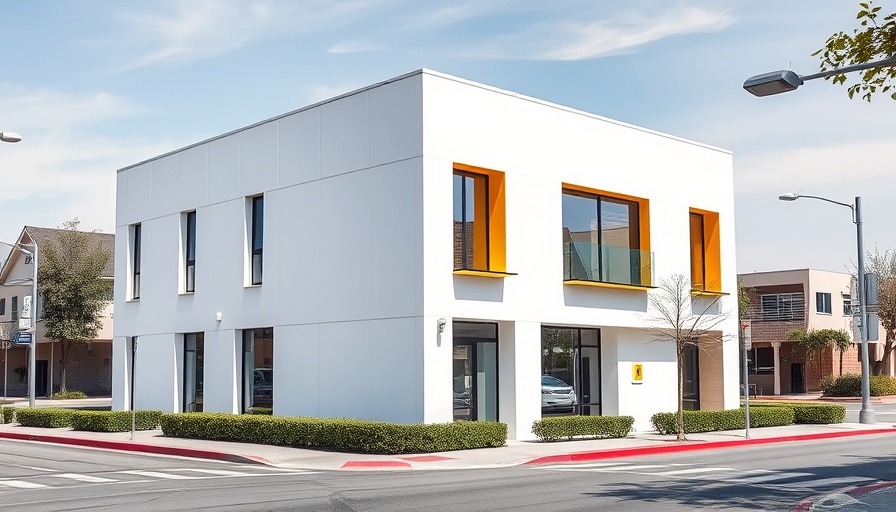
Transforming Berkeley: A Step Toward Inclusive Housing
In a significant policy shift, the Berkeley City Council has unanimously approved a new plan that allows the construction of small apartments across the city’s flatlands. This monumental decision, characterized by its backing of middle housing, marks a turning point not only for housing development in Berkeley but also for the future of equitable living in this diverse city.
What is Middle Housing and Why Does It Matter?
The "middle housing" ordinance is designed to bridge the gap between single-family homes and larger apartment complexes. It enables the construction of small multi-family buildings, specifically allowing owners to build up to eight-unit, three-story buildings on a standard 5,000-square-foot lot. This approach seeks to promote a more inclusive community by increasing the number of affordable housing options available, helping to combat the rising housing prices that have been a distressing issue for many residents, especially students and young professionals.
The Voices Behind the Initiative
Advance planning for these new developments has garnered support primarily from younger Berkeley residents—particularly renters and aspiring homeowners. During the six-hour council meeting where the ordinance was debated, many voiced their struggles with the city's housing scarcity. Young people passionately shared their experiences of living in cramped conditions, sometimes even in converted garages. In contrast, older community members often opposed the initiative, showcasing a generational divide in perspectives on housing policies.
Historical Roots and Future Aspirations
Interestingly, Berkeley holds a unique historical position as the birthplace of single-family zoning, a practice that has contributed to socio-economic segregation for over a century. By allowing middle housing, the city is actively reconciling its past with present needs. City Councilmember Ben Bartlett aptly noted, “This is the equity issue of our time.” Advocates hope such changes will empower those previously marginalized within the housing market, fostering a healthier and more promising community landscape.
Potential Impact on the Housing Market
Planning officials predict that these new regulations could lead to the development of approximately 1,700 new housing units in Berkeley over the next eight years. Such a leap in housing availability could ease some economic pressures faced by residents, particularly first-time homebuyers struggling amid today’s skyrocketing prices. Nationally, stats reveal that homeownership rates among younger individuals have significantly declined, emphasizing the necessity of transforming housing policies to something that caters to modern realities.
Engaging the Community's Response
As these changes unfold, it remains crucial to maintain a dialogue with community members about their perspectives and experiences. What will the implications of this ordinance be on neighborhood culture? Will more diverse demographics lead to a richer community experience? Engaging in conversations will ensure that developments are made not just for some, but for everyone who calls Berkeley home.
Conclusion: A Community-Led Change
This initiative represents a significant shift towards a more inclusive approach in Berkeley's housing strategy. As we witness these changes, it's vital for residents to remain engaged, sharing their stories and participating in discussions that shape their neighborhoods. Staying informed through local resources will empower residents to advocate for what they truly want and need in their community.
 Add Row
Add Row  Add
Add 




Write A Comment